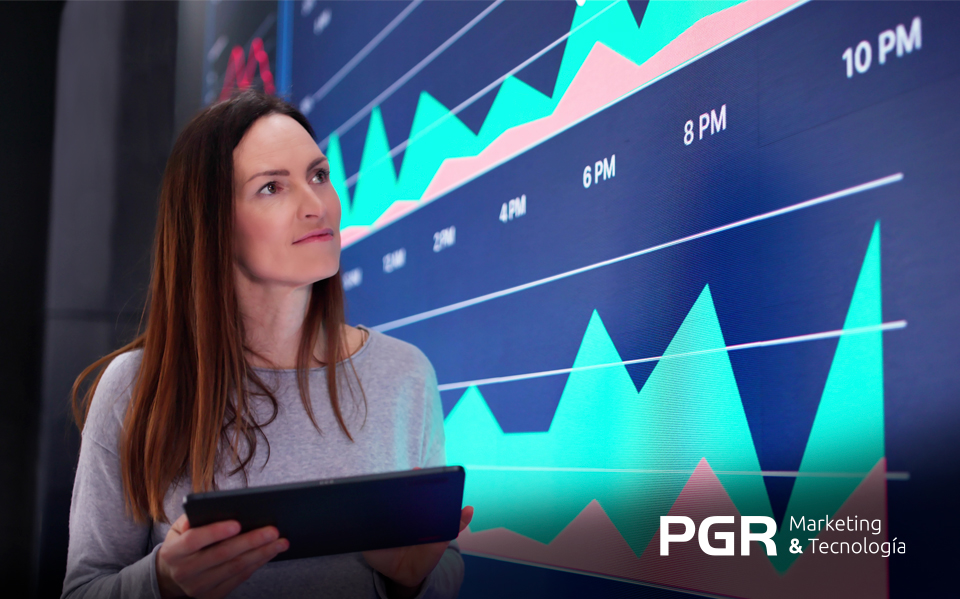
Trust has become the most valuable currency in the IT sector. In a context where cyberthreats continue to rise, customers compare providers not only by price or features, but by how safely they can operate with them. Today, being cybersecure is not just a technical requirement: it's a direct sales argument capable of accelerating opportunities and closing deals.

Does this sound familiar? You launch an email marketing campaign with a perfectly segmented database, yet the response rate barely reaches 2%. Or you spend hours connecting on LinkedIn, creating content, and sending messages… and still struggle to turn those interactions into actual meetings.

Sound familiar? You invest time, effort and budget into a B2B marketing campaign, launch your messages with the best of intentions and… silence. Or worse, you get responses from companies that don’t fit your ideal customer profile at all. It’s like shouting in a crowded stadium, hoping the one person you want to reach hears you. Frustrating, right?

In the competitive tech sector, waiting for clients to knock on your door is a strategy doomed to fail. Today’s decision-makers don’t wait for a salesperson to present a solution; they research, compare, and form an opinion long before making first contact.

Did you know that 73% of companies using data-driven strategies achieve higher customer acquisition and improve their return on investment? In an environment where every click, download or interaction leaves a digital footprint, the real challenge isn’t having data—it’s knowing how to interpret it to connect with the right people.